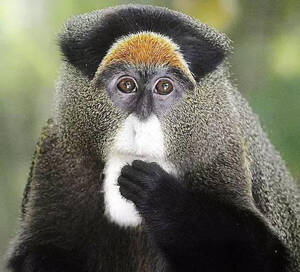
Proboscidea, Elephantidae, Loxodonta
Proboscidea, Elephantidae, Loxodonta
The scientific name of the Cercopithecus neglectus is Cercopithecus neglectu···
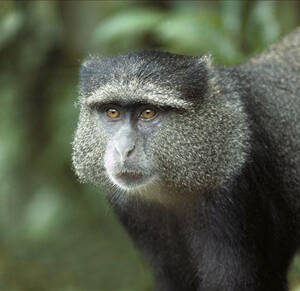
Cercopithecus mitis
Cercopithecus mitis,Blue Monkey、Diademed Monkey
The scientific name of the blue monkey is Cercopithecus mitis, and its forei···
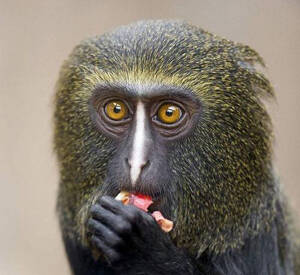
Cercopithecus hamlyni
Cercopithecus hamlyni,Hamlyn’s Monkey,Hamlin's monkey, owl-faced monkey
Owl-faced long-tailed monkey (scientific name: Cercopithecus hamlyni) is als···
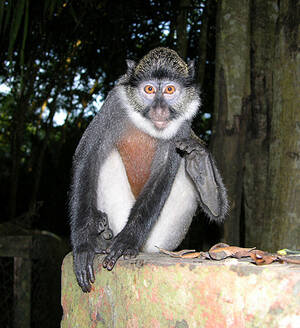
Cercopithecus erythrogaster
Cercopithecus erythrogaster,White-throated Monkey,Red-bellied Vervet Monkey
The scientific name of the red-throated monkey is Cercopithecus erythrogaste···
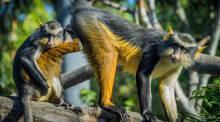
Cercopithecus diana
Cercopithecus diana,Diana Monkey,Diana's monkey, Diana's monkey
Diana's long-tailed monkey (scientific name: Cercopithecus diana) is als···
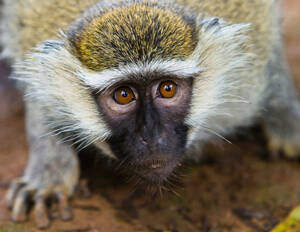
Chlorocebus tantalus
Chlorocebus tantalus, Tantalus Monkey, Vervet tantale,Vervet de Tántalo,Tantalus-Grünmeerkatze、Tantalus-Meerkatze,Tantalus monkey
Tantalus green monkey (scientific name: Chlorocebus tantalus) English Tantal···
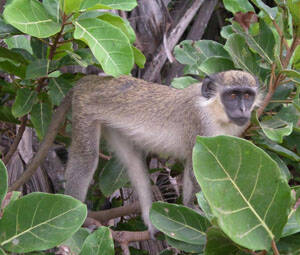
Chlorocebus aethiops
Chlorocebus aethiops,Green Monkey、Western Green Monkey,Green Vervet Monkey, Gray Grass Monkey
Green Monkey (scientific name: Chlorocebus aethiops) is also known as Green ···

Chlorocebus pygerythrus
Chlorocebus pygerythrus,Vervet,Blue-bellied Green Monkey
Green monkey (scientific name: Chlorocebus pygerythrus) is called Vervet in ···
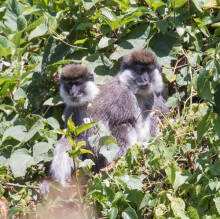
Chlorocebus djamdjamensis
Chlorocebus djamdjamensis,Bale Monkey
Bale Mountain Green Monkey (scientific name: Chlorocebus djamdjamensis) is a···

Chlorocebus cynosuros
Chlorocebus cynosuros,Malbrouck Monkey,Angola black-faced green monkey
Malbrouck Monkey (scientific name: Chlorocebus cynosuros) is a medium-sized ···
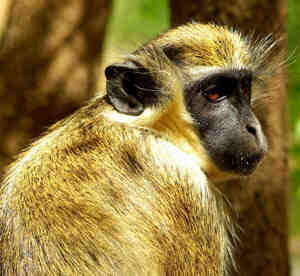
Chlorocebus sabaeus
Chlorocebus sabaeus,Grivet Monkey,Tantalus green monkey, Steppe green monkey
Black-faced green monkey (scientific name: Chlorocebus sabaeus) is also know···
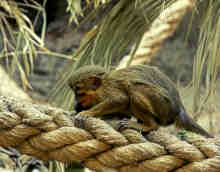
Miopithecus talapoin
Miopithecus talapoin,Foreign name Southern Talapoin Monkey,Angola pygmy monkey, southern pygmy monkey
Southern Talapoin Monkey (Scientific name: Miopithecus talapoin) Foreign nam···
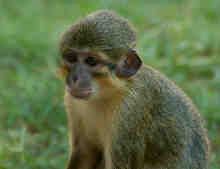
Miopithecus ogouensis
Miopithecus ogouensis,Northern Talapoin Monkey,Northern pygmy monkey
Gabonese pygmy monkey (scientific name: Miopithecus ogouensis), also known a···
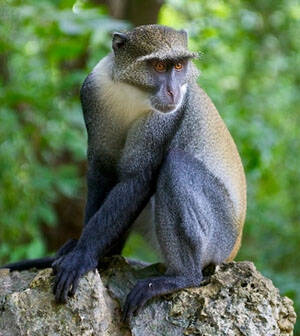
Allenopithecus nigroviridis
Allenopithecus nigroviridis,Allen's Swamp Monkey,Dark green long-tailed monkey
Allenopithecus nigroviridis (scientific name: Allen's Swamp Monkey) is t···
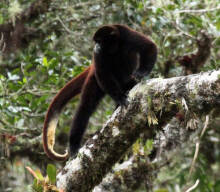
Lagothrix flavicauda
Lagothrix flavicauda,Peruvian Yellow-tailed,Yellow woolly monkey
Peruvian Yellow-tailed (Lagothrix flavicauda) is a diurnal monkey that likes···
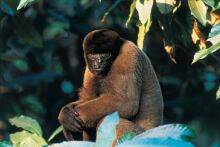
Lagothrix lagotricha
Lagothrix lagotricha,Common woolly monkey, Humboldt woolly monkey
The scientific name of woolly monkeys is Lagothrix lagotricha. They are diur···
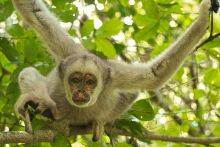
northern muriqui
northern muriqui,Northern woolly spider monkey
The northern muriqui is extremely rare and is one of the most endangered pri···
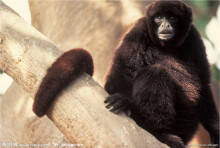
Ateles marginatus
Ateles marginatus,White-cheeked spider monkey,Amazon spider monkey
The Amazon spider monkey's scientific name is Ateles marginatus. It is n···
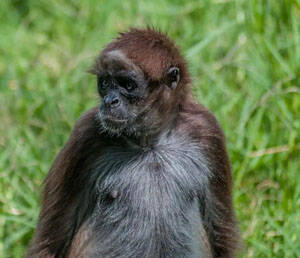
Ateles hybridus
Ateles hybridus,Spotted spider monkey,Brown spider monkey
The brown spider monkey, scientifically known as Ateles hybridus, is also kn···
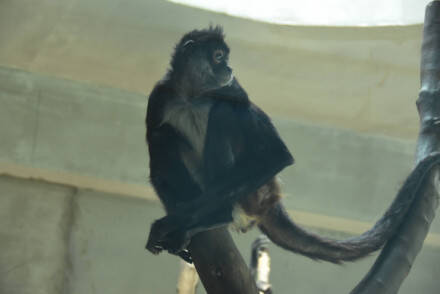
Ateles geoffroyi
Ateles geoffroyi,Red spider monkey
Black-handed spider monkey (scientific name Ateles geoffroyi) is a arboreal ···
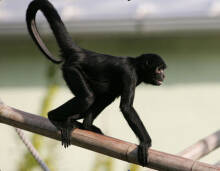
Ateles fusciceps
Ateles fusciceps
Brown-headed spider monkey (scientific name Ateles fusciceps) is a species o···
